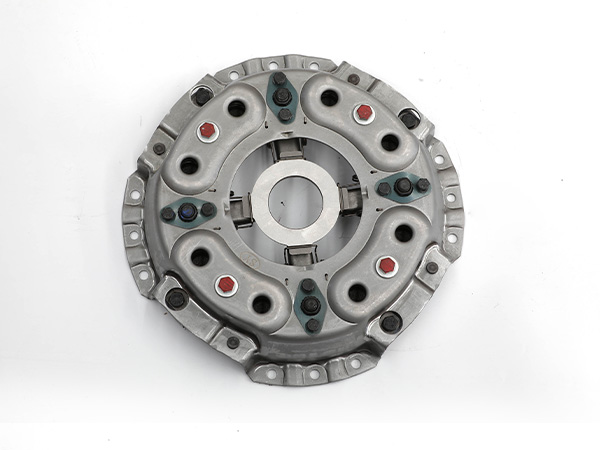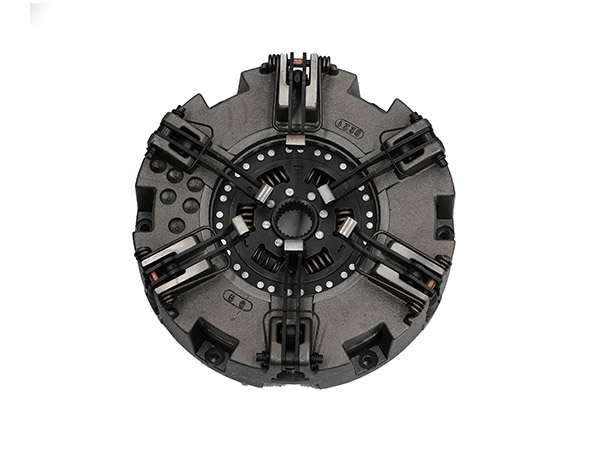Clutches are mechanical devices used to engage and disengage power transmission between two rotating shafts. They play a crucial role in various machines and vehicles, allowing the user to control the transfer of power. There are several types of clutches, each with its own design and working principle.
The common types of clutches and how they work

Friction Clutch
Working Principle: Friction clutches operate on the principle of friction between two surfaces. They consist of a driving member (usually a flywheel) and a driven member (usually a pressure plate), with friction material sandwiched between them.
Engagement: When the clutch is engaged, pressure is applied to bring the friction surfaces together, allowing power transfer.
Disengagement: To disengage the clutch, the pressure is released, creating a gap between the friction surfaces and interrupting power transmission.
Single Plate Clutch
Construction: Consists of a single friction plate sandwiched between the flywheel and the pressure plate.
Operation: Engages and disengages by pressing the friction plate against the flywheel with the help of a release bearing and a diaphragm spring or coil spring mechanism.

Multi-Plate Clutch
Construction: Uses multiple friction plates alternately interleaved with steel plates.
Operation: Similar to a single plate clutch but offers greater torque capacity due to increased friction surface area.
Cone Clutch
Working Principle: Involves conical surfaces on the driving and driven members. Engaging the clutch brings these conical surfaces into contact, creating friction for power transfer.
Use: Commonly used in small motor vehicles.
…
For more detailed information about clutch types and working principles, please click here:https://www.syclutch.com/news/clutch-types-and-working-principles.html



